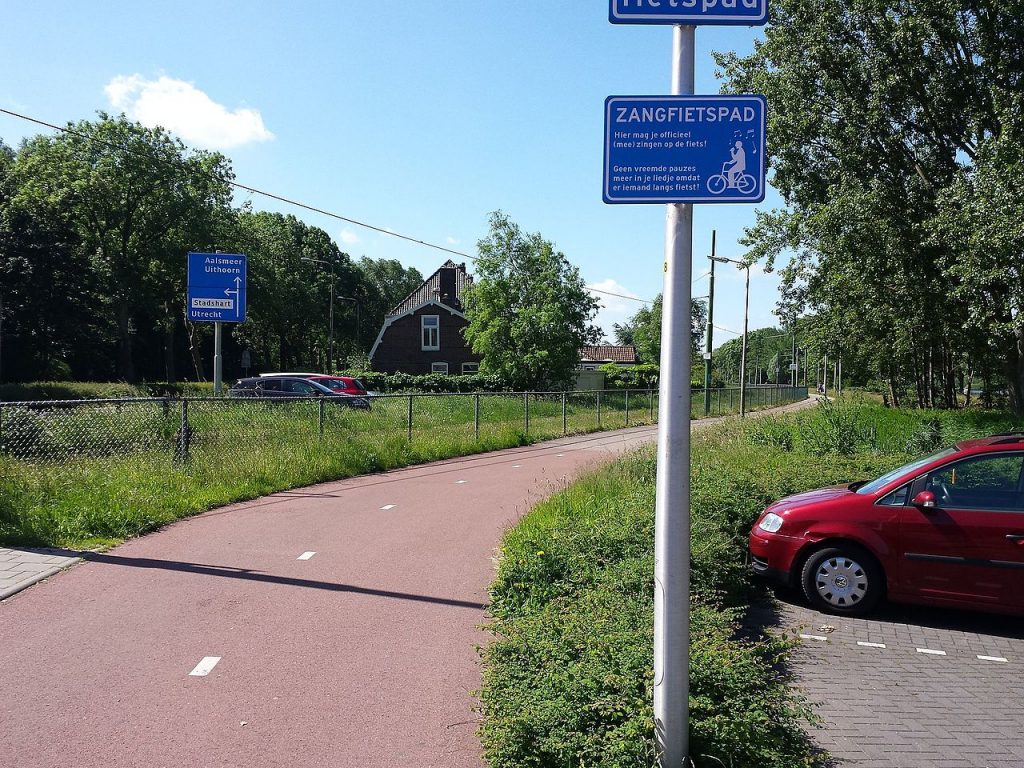This post is also available in Dutch.
The word ‘multitasking’ is widely used to refer to all kinds of situations in which we combine two or more activities, and the commonly used definition (‘doing more than one task at a time’) could not be much shorter and simpler. Still, some scientists argue that we are not always using this term correctly, such that we frequently use it in situations where it doesn’t apply.
Multitasking in daily life
Let’s start with some examples. Surely all of us can think of some activities that we occasionally do at the same time. For example, I can ride my bicycle home while humming a song that got stuck in my head. If there was a zangfietspad on my route, I would even sing out loud and experience no problems (and no shame) riding my bike home.

When it comes to more complex tasks, however, it is a different story. You probably encountered situations in which someone suddenly starts talking to you while you are in the middle of another task, such as following a TV programme or reading a news article that you found interesting. Surely you either didn’t catch all the details of what the person was telling you or had trouble carrying on with the other task.
Are we truly multitasking?
Are these two situations above really examples of multitasking? In the first example, I am indeed doing two things at once. This is possible because I don’t need to think about riding my bike. Instead, it is something that I can do on autopilot. Also, singing involves different brain areas than cycling and just relatively few brain areas are engaged by both tasks. The humming of a song might divert some of my attention from the surrounding traffic, hence by doing two things I am likely to do worse on each individual task. But, thanks to my extensive experience with riding my bike while singing quietly, I manage to multitask and can carry on with my musical journey.
In the case of listening to someone talking while simultaneously trying to read a newspaper article, both tasks rely on (among others) the language centres of the brain. Additionally, the tasks are more difficult and require a lot of brain power. As a consequence, the two tasks compete for neural resources, and the brain cannot handle the high demand. The brain is forced to switch back and forth between the two tasks, as it can only focus on one task at a time (check out this video showing that we can really only focus on one thing). Each time the brain switches, a little bit of time is lost because the brain has to stop one process and start another. So instead of executing two processes in parallel, we are actually just shifting our attention from one to the other and back. That means we are not truly multitasking.
Multiswitching, switch tasking or …?
To me this raises the question whether we should use a different word to describe this way of balancing multiple tasks since we’re not truly multitasking, mostly to prevent misunderstandings and misconceptions about multitasking. The common belief is that multitasking can help us be more efficient and save time. However, if our attention shifts often, we get things done much slower and are more prone to making mistakes. Therefore, some alternative terms have been proposed, such as multiswitching and switch tasking. What do you think of these suggestions? Or do you have an even better idea? Let us know in the comments!
Original language: English
Author: Eva Klimars
Buddy: Julija Vaitonyte
Editor: Marisha Manahova
Translator: Wessel Hieselaar
Editor Translation: Jill Naaijen
